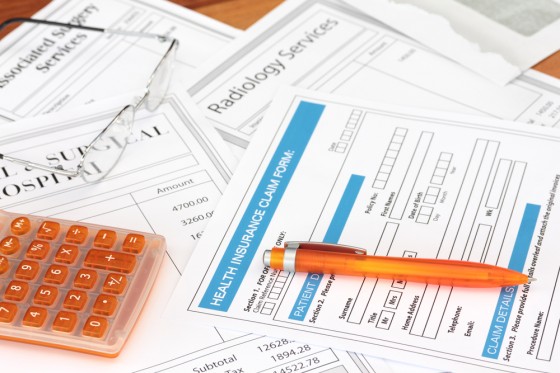Here’s a provocative question for all the risk managers out there: what did you pay last year in workers compensation medical bill review charges?
Stumped? The answer may be more elusive, and more expensive, than it would initially appear.
Medical bill review is an essential service typically performed by an insurer, claims administrator, or outside vendor. The service provider reviews medical bills related to claims and audits the bills for accuracy, duplication of charges, and reasonableness. The costs for these services are allocated claim expenses, meaning they get charged directly to the claim file. This makes figuring out what you’re paying more difficult, as bill review charges tend to blend in with other expenses and bills.
Bill review charges are typically calculated in two ways. First, for each bill, there is a standard review charge. This could be a flat rate or calculated by the number of lines. Second, for bills that are outside of medical provider networks and are negotiated, a percentage of the savings are charged.
This last piece is critical, because it means that charges for a single bill review can be thousands and sometimes even tens of thousands of dollars.
Here’s an example. Suppose an employee injures his back and is forced to have surgery, but does so at an out-of-network facility. The hospital bills $200,000, an amount it has no illusions of receiving. As part of the medical bill review process, the bill is negotiated down to $50,000, netting a savings of $150,000. The charge for the bill review is a percentage of the savings, typically between 20-30%. If we assume conservatively that the rate is 20%, in this example, the charge for the bill review service would be $30,000. For self-insureds and those with large retentions, this a cost paid directly out of pocket.
This example highlights two important facts. The first is that network penetration is of prime importance—when a patient is treated at an in-network facility, the bill is generally reduced to the pre-negotiated rate at no cost to you. Second, the medical billing process in this country has created an immensely profitable enterprise for skilled medical bill reviewers.
This is not to say that paying a percentage of negotiated savings is unfavorable to a risk manager. This system aligns the interests of the bill reviewer and the party paying the bill. The more the bill reviewer can lower a bill, the more you save, even if you are ceding a percentage of that savings to claim handling expenses.
And to be fair, the above scenario is more of an anomaly than the norm—in most cases both the savings and fees are much lower.
Still, the entire medical billing strategy employed by hospitals is rather discomforting. In what other industry are bills sent out and routinely negotiated down by 50, 60, or even 75%? Certainly, there are financial motives for hospitals, many of which are owned by private equity firms, to bill higher amounts than they ever expect to receive. Not only will the unsuspecting recipient occasionally unwittingly pay the full amount, higher bills allow hospitals increased write-offs for charity care and other unpaid services. And while fee schedules in some states have attempted to address this problem, this has further contributed to hospitals and insurers, each employing competing billing experts with the respective goals of maximizing and minimizing amounts paid for the same services.
The net result is higher processing expenses for everyone.
Accepting the fact that the medical billing system in this country is the way it is, let’s return to the ,000 medical bill review charge.
As risk managers, we need to continuously be concerned with our expenses. At the same time, these fees represent only a percentage of savings, and theoretically, the higher the bill review charge, the higher the savings. But the knowledge of that fact may not be enough to eliminate the sticker shock. Because medical bill review services are so essential, the only recourse is a better negotiation of fees—paying a lower percentage of savings is a good start, and a hard cap on the maximum charge for a single bill is even better. Of course, the first step is sitting down with the data and figuring out how much you’re actually paying.
That way, when someone asks you the question about how much you’re paying, you’ll not only have the answer, you’ll also have a plan to make it less.

